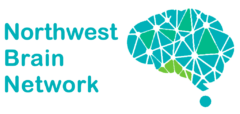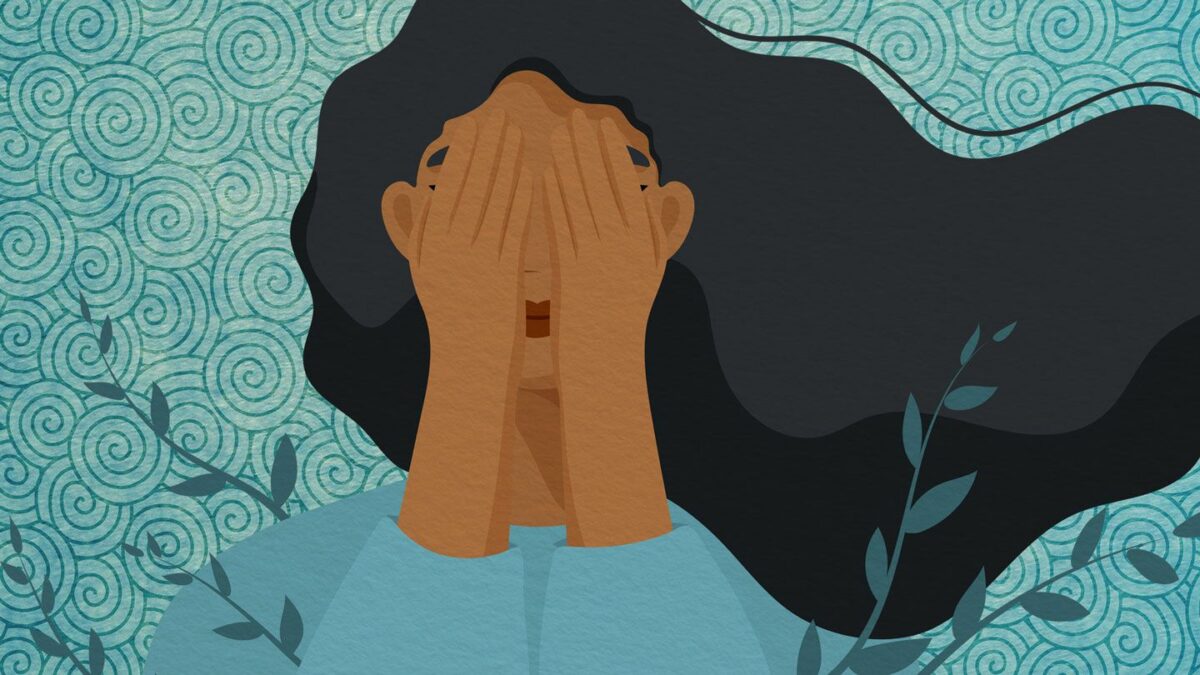Generalized anxiety disorder
Generalized anxiety disorder (GAD) usually involves a persistent feeling of anxiety or dread, which can interfere with daily life. People living with GAD experience frequent anxiety for months, if not years.
Symptoms of GAD include:
- Feeling restless, wound-up, or on-edge
- Being easily fatigued or irritable
- Having difficulty concentrating
- Having headaches, muscle aches, stomachaches, or unexplained pains
- Difficulty controlling feelings of worry
- Having sleep problems, such as difficulty falling or staying asleep
Panic disorder
People with panic disorder have frequent and unexpected panic attacks where they experience intense fear, discomfort, or sense of losing control even when there is no clear danger or trigger.
During a panic attack, a person may experience:
- Pounding or racing heart
- Sweating
- Trembling or tingling
- Chest pain
- Feelings of impending doom or feelings out of control
People with panic disorder often worry about when the next attack will happen and actively try to prevent future attacks by avoiding places, situations, or behaviors they associate with panic attacks. Panic attacks can come several times a day or as rarely as a few times a year.
Social anxiety disorder
Social anxiety disorder is an intense, persistent fear of being watched and/or judged by others. For people with social anxiety disorder, the fear of social situations may feel so intense that it seems beyond their control. For some people, this fear may get in the way of going to work or doing everyday things.
People with social anxiety disorder may experience:
- Blushing, sweating, or trembling
- Pounding or racing heart
- Stomachaches
- Rigid body posture or speaking with an overly soft voice
- Difficulty making eye contact or being around people they don’t know
- Feelings of self-consciousness or fear that people will judge them negatively
Phobia-related disorders
A phobia is an intense fear of—or aversion to—specific objects or situations. Although it can be realistic to be anxious in some circumstances, the fear people with phobias feel is out of proportion to the actual danger caused by the situation or object.
People with a phobia:
- May have an irrational or excessive worry about encountering the feared object or situation
- Take active steps to avoid the feared object or situation
- Experience immediate intense anxiety upon encountering the feared object or situation
- Endure unavoidable objects and situations with intense anxiety
There are several types of phobias and phobia-related disorders:
Specific Phobias: People who have a specific phobia have an intense fear of, or feel intense anxiety about, specific types of objects or situations. Some examples of specific phobias include the fear of:
- Flying
- Heights
- Specific animals, such as spiders, dogs, or snakes
- Receiving injections
- Blood
Agoraphobia: People with agoraphobia have an intense fear of two or more of the following situations:
- Using public transportation
- Being in open spaces
- Being in enclosed spaces
- Standing in line or being in a crowd
- Being outside of the home alone
People with agoraphobia often avoid these situations, in part, because they think being able to leave might be difficult or impossible in the event they have panic-like reactions or other embarrassing symptoms. In the most severe form of agoraphobia, an individual can become housebound.
Separation anxiety disorder
Separation anxiety is often thought of as something that only children deal with. However, adults can also be diagnosed with separation anxiety disorder. People with separation anxiety disorder fear being away from the people they are close to. They often worry that something bad might happen to their loved ones while they are not together. This fear makes them avoid being alone or away from their loved ones. They may have bad dreams about being separated or feel unwell when separation is about to happen.
Researchers are finding that both genetic and environmental factors contribute to the risk of developing an anxiety disorder.


